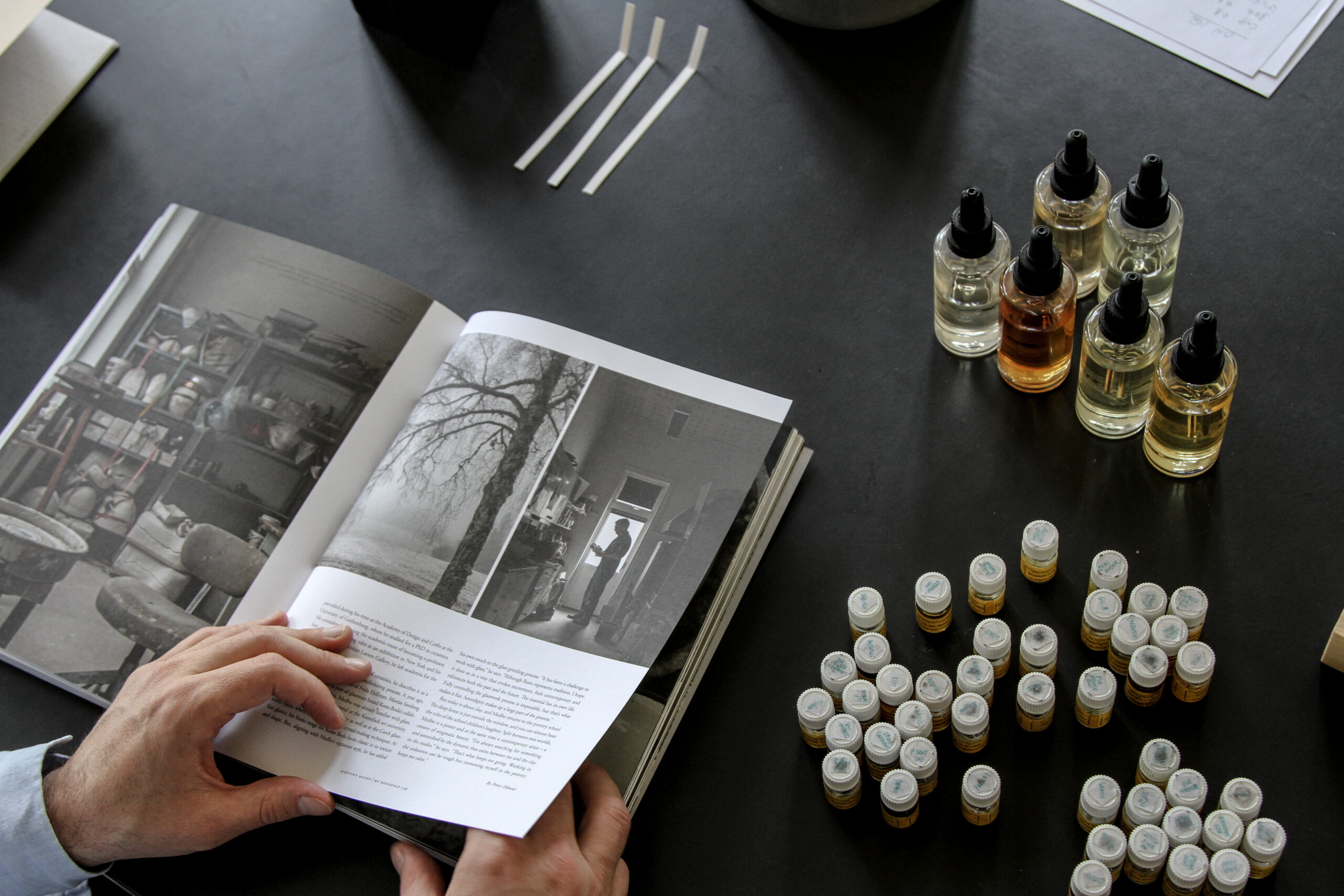 Troubled Assets, Detroit, by Geoff George, 2012 -15|||
Troubled Assets, Detroit, by Geoff George, 2012 -15|||
Reporting From the Front always promised to make architecture political at the 2016 Venice Architecture Biennale, and Alejandro Aravena is the right person for the job. Coincidentally winning the Pritzker Prize this year – the highest accolade that can be bestowed on an architect – Aravena is at the top of his game and widely regarded as one of the leading lights in designing projects with the potential to shape society. Unsurprisingly, it’s his caring nature that has been picked up by many of the exhibiting countries and their curators, with a focus on community, healthcare and daily life not seen at Giardini for a long time.
Stirling Prize-shortlisted Níall McLaughlin Architects is representing Ireland and will tackle the sensitive issue of Alzheimer’s. Their proposal will examine the complex relationship between the sufferers of this degenerative disease and their spatial environments. The architects believe that design has the power to situate people in places that make them feel comfortable, something that is often destroyed by dementia. The installation will both record and express the experiences of people with Alzheimer’s, creating an entirely new kind of space with its own characteristics.
 Drawing of the Alzheimer’s Respite Centre by Níall McLaughlin Architects, 2010
Drawing of the Alzheimer’s Respite Centre by Níall McLaughlin Architects, 2010
Meanwhile, the Italian pavilion will exhibit 20 projects as part of the exhibition Taking Care, Designing for the Common Good. Positioning architecture as a tool of the community, the selected architects will showcase contemporary work undertaken in healthcare, housing, education, culture and working environments. The proposals will be presented through the prism of the various commissioning bodies that have procured them through public, private or civic methods. Five wholly original projects will tackle the effects of marginalisation in outer suburbs across Italy.
The US pavilion is adopting a similar, inward focus for The Architectural Imagination, presenting 12 ideas that can address the social and environmental issues facing the city of Detroit in the 21st century. Detroit is a post-industrial urban expanse that was brought to its knees with the collapse of the automotive industry, but there is hope that it can be reborn through sensitive and intelligent architectural strategies. The implication is that these projects will have a wider relevance for cities across the world as they too develop or regenerate. Participants include some of the best and brightest of American talent, such as MOS, who produced the 1:1 prototype for Corridor House at last year’s Chicago Architecture Biennial.
Our own UK entry puts the exploration of everyday life under the microscope in Home Economics. The British Council has commissioned curators Shumi Bose, Jack Self and Finn Williams to produce full-scale domestic interiors that will address the ever-changing role of the home in contemporary society, allowing visitors to “inhabit an idea”. Teams of architects and designers will produce immersive installations that challenge preconceptions about how we live and propose new models for the future. With such dynamic and progressive curators, you can be assured that the British Pavilion will spark debate, no matter what form the final proposals take.
 Home Economics #3, OK-RM and Matthieu Lavanchy, 2016
Home Economics #3, OK-RM and Matthieu Lavanchy, 2016
The Russian pavilion looks set to inject a bit of playful inventiveness back into architectural discourse, as it documents the transformation of the VDNKh (the Exhibition of Attainments of the National Economy) from a trade show and amusement park into a home for culture and education, freely accessible to all. This attempt to improve society’s collective intellectual potential is being tackled on an urban scale, as the park is formed of a series of public spaces and a necklace of national and thematic pavilions. The exhibition will include relics of a soviet past alongside new ideas for the future of Russia’s creative expansion in a global society.
Other pavilions worth checking out include the Australian exploration of the effect of the swimming pool on their cultural identity, as well as the Chinese return to ancient Taoist practice as they face up to the challenges of poverty and pollution in a modernised nation state. In the Arsenale, the Victoria & Albert Museum will make a guest appearance with its exhibition A World of Fragile Parts, designed by Ordinary Architecture. Outside the main venues, the Biennale organisers have announced a host of collateral events across Venice, from an exhibition on lawless “Gangcities” to the methods used to market and brand entire islands. This year’s Biennale plans to push the role of architecture in everyday life and perhaps review the responsibility of those that practice it to build us a better world.
From urban regeneration to domestic wellbeing, this year’s event promises to address the problems of society, says Rob Fiehn
























